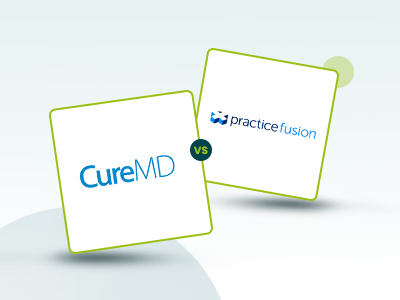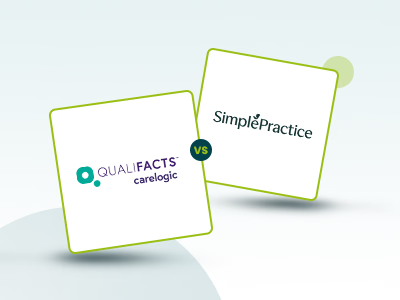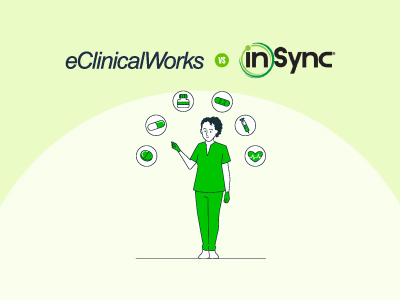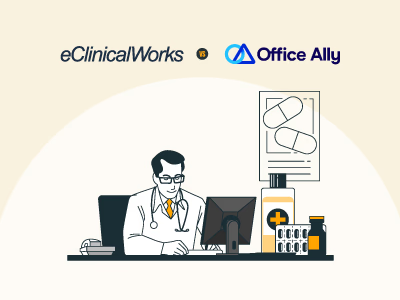Resources

CureMD Vs Practice Fusion: Which EHR Is Right For Small To Mid-Sized Healthcare Practices?
Read More
8 mins read

CareLogic Vs SimplePractice: Which Behavioral Health EHR Is Better For Your Practice In 2025?
Read More
8 mins read

eClinicalWorks Vs InSync: Comparing Usability And Features
Read More
8 mins read

eClinicalWorks vs. Office Ally: A Comprehensive Feature Comparison
Read More
8 mins read

How To Change Language In Schoology: Easy-To-Follow Guide
Read More
2 mins read

How To Add Payment Network ID In Bill.com?
Read More
3 mins read

Allscripts Vs Greenway Health: A Detailed Comparison
Read More
5 mins read

How AdvancedMD Ensures Compliance With HIPAA And Other Healthcare Regulations
Read More
5 mins read



